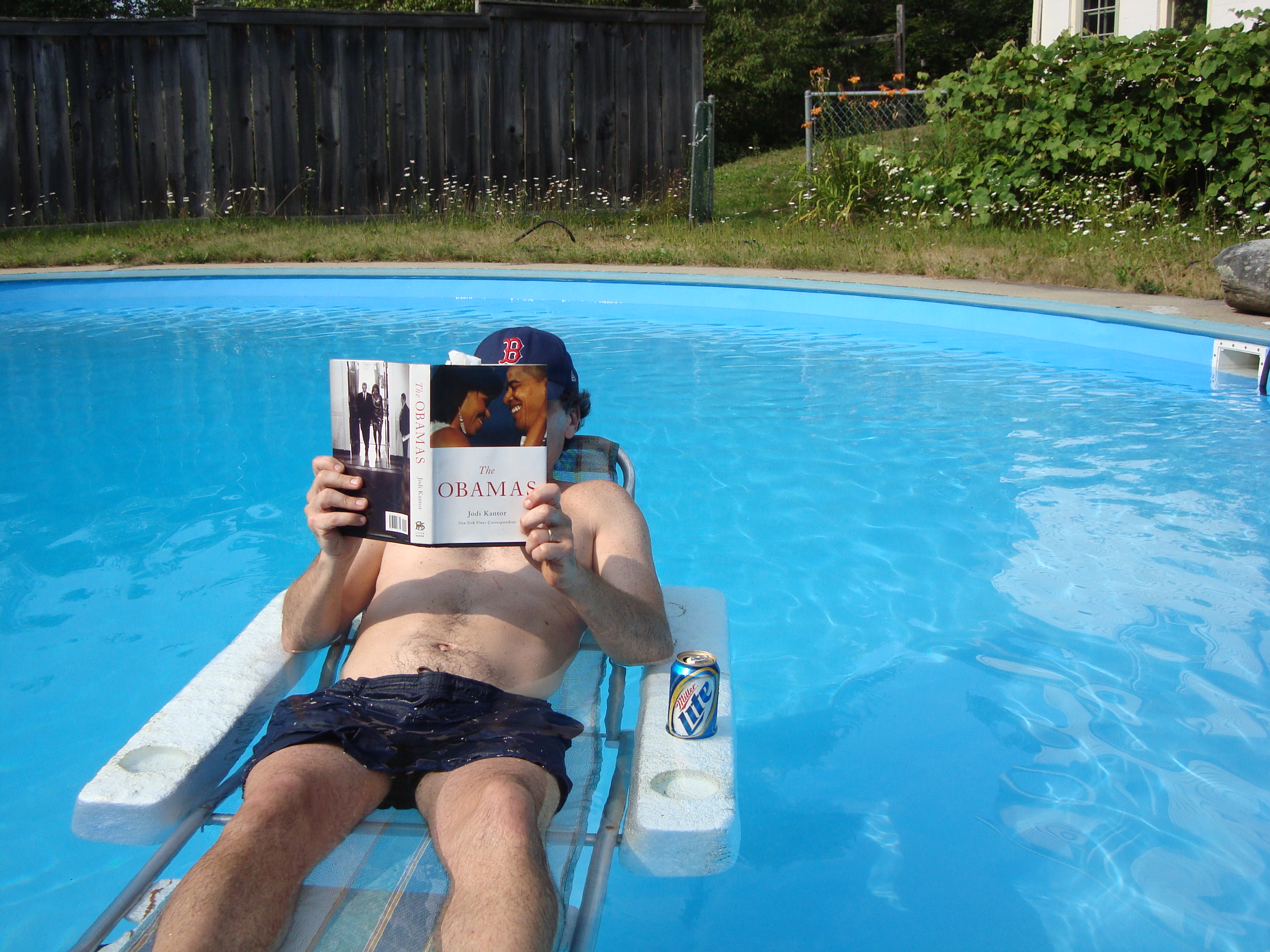A reporter recently emailed asking me to comment on the following observation: “This is the first time in American history since Thomas Jefferson, James Madison and James Monroe that the United States has elected three consecutive presidents to two terms (Clinton, Bush, Obama). I was wondering if you had any thoughts regarding why there has been a gap of almost 200 years between the first and second occurrence of this?” Those who were in attendance on Election Night at the Karl Rove Crossroads Cafe heard me reference this fact in the form of a trivia question.
And that’s largely what I think this is: trivia. As I told the reporter, I think there’s much less here than meets the eye. That is, if you view this historical oddity as an indication of just how hard it is for a president to win reelection, you are likely misreading history. In fact, if you look at the so-called “modern” presidential era which scholars typically date to the post-FDR period, one is struck by the power of incumbency. Indeed, the more surprising fact is that there are incumbents who lost their bid for reelection in this era. Let’s run down the list:
There have been a dozen presidents in the post-FDR era. Of these, all but Kennedy had an opportunity to run for reelection. Among the remaining 11, only Ford, Carter and Bush I failed in their reelection bid. Ford’s effort fell just short which, in retrospect, was an impressive performance given the Watergate-induced backlash against all things Republican in 1976. Bush I’s 1992 reelection bid was undoubtedly negatively affected by the presence of a strong third-party candidate in the person of Ross Perot, who won nearly 20% of the popular vote. To this day Bush believes Perot cost him reelection. That leaves only Carter among the dozen who lost a straight up bid for reelection under “normal” political circumstances.
Put another way, if we “adjust” our calculations to address the modern presidents who initially took office by non-electoral means, the “gap” between Monroe and Obama seems much less meaningful. So, we can consider Truman, who took office less than three months into FDR’s final term, as essentially a two-term president. Similarly, the eight years under JFK-LBJ, and the eight years under Nixon-Ford, can also be viewed as two-term presidencies, since neither Kennedy nor Nixon were removed by electoral defeat. From this perspective, it turns out that from 1944 through 1976 we saw four consecutive two-term presidents. If we step back one administration, FDR makes it five-plus. Viewed in this way, the real question becomes: how did Carter lose?
My point is that it is difficult to defeat a sitting president in the modern era. Yes, I understand that both Truman and LBJ opted not to run again in part because of their electoral vulnerability, but both had won election in their own right at least one time. By comparison, if we look at the pre-FDR sitting presidents who won their party’s nomination, by my back-of-the-envelope calculation almost half – eight of 18 – went down to defeat in their first bid for reelection.
Why is it so difficult to defeat an incumbent president in the modern era? One likely reason is that the office is much more visible, so that presidents simply by virtue of carrying out their duties in a non-partisan way, such as providing disaster relief, can score political points. It may also be the case that in an era of nuclear weapons and other WMD’s, the presidents’ foreign policy role enhances their political standing. That is, as national security issues loom larger in voters’ calculations, the incumbent president’s foreign policy role is magnified. Moreover, despite the criticisms his comments entailed, Romney was right when noted – albeit perhaps not in the most diplomatic manner – that Presidents are relatively well situated to influence policies in ways that reward key voting blocs. All this is somewhat speculative, of course, but I am persuaded, in the absence of countervailing evidence, that modern incumbents generally run for reelection with advantages that their premodern forebears did not possess.
A note to readers: the audience for this blog has expanded considerably in the last year and for that I am very appreciative. Thus it is with some regret that I am announcing that I will be posting much less frequently during the next several months. I have a book deadline, and added administrative duties, that are cutting into my blogging time. This is not to say I will stop posting completely – I’m still going to respond to the most egregious punditry errors (“Obama Won A Mandate!” “Most Voters Want Unified Democratic Control!”), particularly when political science provides some insight and/or countervailing evidence. And I’ll try to keep up with the major events affecting the presidency, but perhaps not quite as regularly as in the past. Of course, I encourage you to submit questions – I will try to get to them in due time. And, as always, I thank you for reading, and for participating in what are almost always very interesting discussions – and for not turning this site into still another partisan-driven echo chamber. Lord knows we have enough of those out there already.



